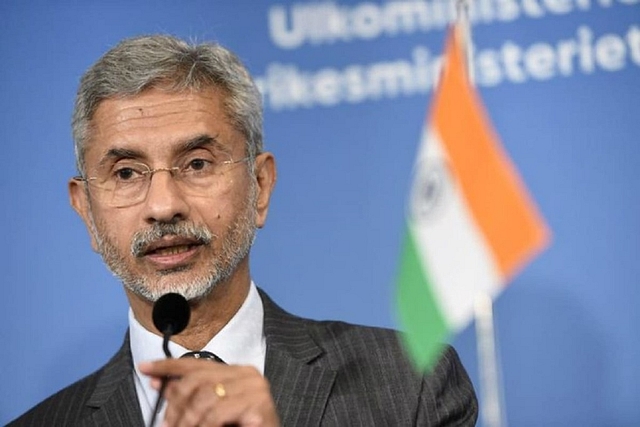
Explained: All You Need To Know About COVID-19 Foreign Aid And How It Will Be Allocated Among Different States
Last year, as India caught a grip over the first wave of the novel coronavirus pandemic, it extended a helping hand to not just its neighbours but countries around the world. India’s ‘COVIDiplomacy’ was praised around the world.
The goodwill generated is now coming back to India in the form of foreign aid as the nation with more than 1.3 billion peoples grapples with a deadlier second wave of COVID-19.
Cryogenic oxygen tanks, ventilators, oxygen concentrators, large oxygen generating plants and items such as respirators and electric syringe pushers are being supplied by Singapore, UAE, EU, Russia, Germany, France, Australia etc.
Under the Quad Vaccine Initiative, the United States is funding a substantial expansion of manufacturing capability for BioE, a vaccine manufacturer in India. Medical and oxygen-related support is being worked out from at least 40 countries.
Today, the government announced the mechanism for allocation of the Covid-19 supplies received from abroad. Previously, the Supreme Court of India has asked the government to make the mechanism of allocation transparent.
A government release noted:
“The health infrastructure of several States and UTs has been overwhelmed by the very high number of daily cases and increased mortality. A streamlined and systematic mechanism for allocation of the support supplies received by India has been put into place, for effective distribution of the medical and other relief and support material, it added.”
The Ministry of External Affairs, the nodal agency for channeling the help from foreign countries, is coordinating with the Missions abroad, reports Livemint.
To manage the receipt and allocation of foreign COVID relief material, a dedicated cell with high powered members was created under the Ministry of Health on 26 April.
The government has taken several steps to ensure faster clearance of the material. The Customs System gives a higher priority of clearance for such goods. Outreach activities and Help desks are set up to smoothen the process. The government is helping the sources in complying with the requirements beforehand.
The nodal officers as well as senior officers get email notifications of the clearance on their phones and hence can monitor it.
Basic Customs Duty, Health cess, and also IGST (if imported free of cost and distributed freely) have been waived on identified goods. IGST has been reduced from 28 to 12 per cent on oxygen import for personal use.
The Distribution Criteria
Since time is precious, all possible attempts have been made to distribute the supplies immediately. The efforts are done to unpack, repack and dispatch these with the least possible turnaround time.
Many a times, the items received are not as per the list of the country of origin. The final list gets confirmed after the detailed reconciliation, which leaves less than one-fourth of a day to manage the rest of the cycle - allocation, approval and dispatch.
For distribution, both equity as well as the load on tertiary health care facilities are taken into account. Initially, the distribution occurred through AIIMS in different states, Central Govt hospitals, including DRDO facilities in and around Delhi and in the NCR region and other central institutions where the patient load is high.
Ministry of Health, however, announced a standard procedure for allocation on 2 May.
Since limited in quantity, the aid cannot be spread thin (in which case it would be virtually ineffective).
The aid can be optimally utilized by allocating it to high burden states [states with higher number of active cases] where the requirement is higher. The allocation will also take into account the number of persons admitted in hospitals as well as prior distribution done from the union government resources.
States which are medical hubs of the region, with high patient in-flow from neighbouring region will also be given special focus. The poorer states such as those in North East India and the hill states where connectivity is an issue, will also be covered.
Based on these, nearly 40 lakh items in 24 different categories have been distributed to 86 institutions in different States.
Reportedly, all states except Arunachal Pradesh, Nagaland, Sikkim, Tripura have been allocated the foreign aid. Among the union territories, only Andaman and Nicobar has not yet been allocated.
Reportedly, these States and UTs will also be covered in the coming days as more foreign aid arrives.